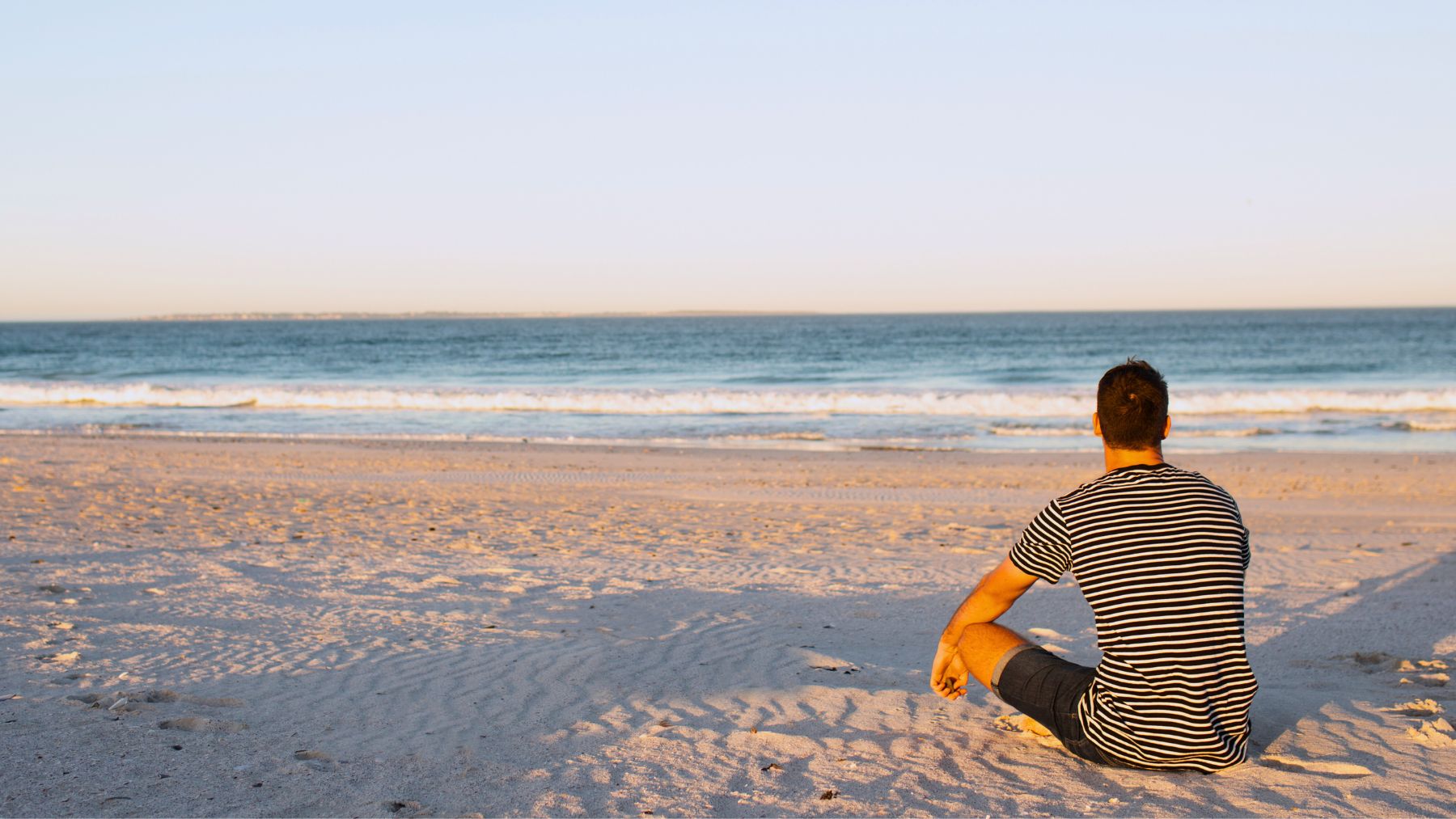There’s something about standing by the ocean that makes your shoulders drop and your mind slow down. The sound of waves, the endless horizon, and the salty air all seem to work together to bring a sense of peace that’s hard to find elsewhere. But why do beaches and other big bodies of water feel so soothing?
Psychologist Dr. Laura Lee, director of Blue Space Psychology in Australia, specializes in what’s called blue space therapy. She explains that being near water affects our brain and body in powerful ways. Here, we’ll look at what makes blue spaces so calming, the mental and physical benefits they bring, and how you can use them in your own life, even if you don’t live near the coast.
Why blue spaces help you relax
Blue spaces include oceans, rivers, lakes, reservoirs, fountains, and even swimming pools. They include any natural or built environments with open water. According to Dr. Lee, these places offer unique sensory experiences that can reset the nervous system. The sound of gentle waves, the repetitive movement of water, and the wide-open view all combine to quiet mental noise and reduce stress.
Research from the UK involving more than 20,000 people found that those near oceans or other large bodies of water reported greater happiness and lower levels of anxiety. Spending time near water is linked to improved mood, less depression, and better sleep. It also encourages physical activity, as those who live or spend time by the water often walk, swim, surf, or simply spend more time outdoors.
Dr. Lee notes that water also helps with perspective. Seeing something as vast as the ocean reminds us we’re part of a bigger world, which can ease the inward focus that often comes with anxiety or depression. Blue spaces engage multiple senses, especially sound and sight, making them restorative in ways that other spots can’t fully match.
How to get the most from blue spaces
You don’t have to live by the beach to benefit. Dr. Lee recommends simple ways to make blue space therapy part of your routine, whether you’re near the ocean, a river, or even a city fountain.
- Go for mindful walks near water. Stroll by a lake, riverfront, or beach without distractions. Focus on the sound of water and your breathing.
- Sit quietly by the shore. Just watching ripples or waves can have a meditative effect, even if you don’t go in.
- Try swimming or hydrotherapy. Being in the water itself helps relieve muscle tension and can calm the nervous system.
- Join ocean-based programs. Surf therapy and outdoor swimming groups are used to build resilience and reduce stress.
- Use short breaks near water. Even a lunch break by a park fountain or an after-work visit to a pool can have effects.
Blue spaces are accessible in more places than most people realize. What matters is the intentional time spent around water and allowing your senses to absorb the environment. Next time you’re near a beach or any body of water, pause for a moment. That calm feeling you notice can help you support both mental and physical health.

